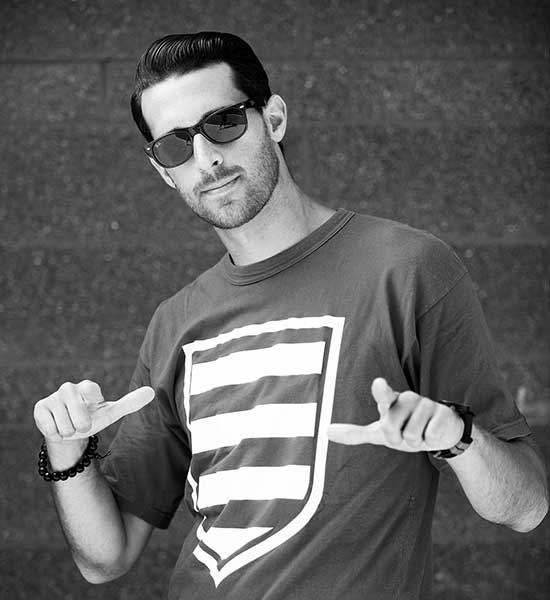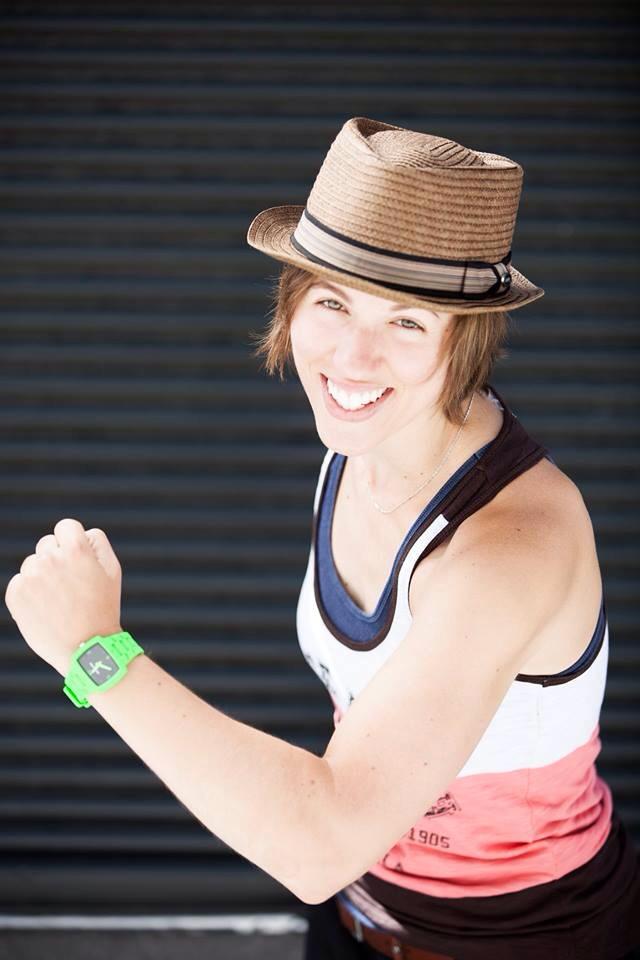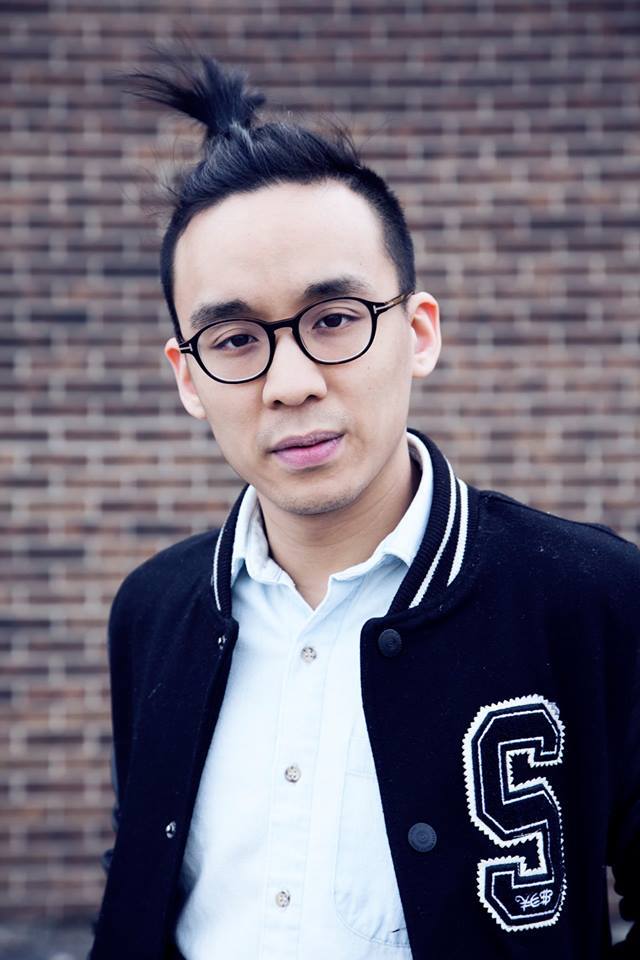As a collective how do you create your shows?
We generally put one or two dancers in charge of choreographing a piece. It is their vision, their song choice, their routine. Then, we collectively make adjustments in the routine as we all learn it. This helps having a focused creative process. We like to rotate choreographers between shows to give each other a chance to create instead of always leaving it to the same ones.
Where do you see Locking in the future?
The ‘realistic’ me still sees Locking still being a niche dance in the future. It is not an easy dance to learn or stick with. But those who do it as their main style love it and make it strive.
However, the ‘optimistic’ me sees the potential that Locking has in becoming more popular and accessible. It is a rich dance underneath the basics, there is still much to explore. It could become as popular as Popping is now. We just need to get the ball rolling: more dancing, less arguing.
What would you say is necessary as a beginner locker?
Do not only learn the foundation steps, but also learn how to dance well. Learning and understanding the foundation moves of Locking is extremely important, and knowing how to incorporate these moves into your dance, your expression of self, is equally important. Also, patience is key : learn the dance for real, take your time, don’t try to get ahead of yourself.
What is necessary as a mature locker?
Balance, as mentioned above. You need a good understanding of the foundations of Locking, you need good muscle memory (« automacity », as Sundance would say), you need groove, you need creativity, you need strength, you need precision, you need flexibility, you need character, you need stamina, etc. You need it all, and you need to blend it in an interesting way. You need to make your dance multi-dimensional. Once again, this requires a lot of patience and hard work.
Why do you think locking always brings the house down in jams and competitions, yet the locking worldwide is so slow to grow?
Locking brings the house down because its energy is refreshing and cannot be imitated by any other dance style. It is unique and it is undeniably fun. The big talent in Locking always brings the house down in jams and competitions because they embrace that energy and send it back tenfold through their craft.
Yet, I think Locking is slow to grow because it is in an identity crisis. This brings a lot of politics in the scene, which leads to a lot of confusion and arguing. Some kind of consensus amongst those who are active would really help Locking switch gears.
What is the selection criteria for anyone wanting to be part of Lockunity?
There is no fixed criteria. Lockunity is short for “Locking community” (in Montreal). One does not “join” Lockunity; one “reps” Lockunity. If you’re active in the Locking scene in Montreal and you hang with us, you get to rep Lockunity (or not, we don’t mind).
What creates the disconnect in locking in general?
I think it’s the lack of a consensus. This generates a lot of arguing and creates different ideologies.
If you had a message for the creator and the pioneers what would you say?
Thank you for this unique and wonderful dance. We are grateful for what you have done decades ago, and we are still inspired when you speak, teach and showcase today. Thank you for keeping the passion alive!
If you had a message for the new generation of lockers what would you say?
Please try and become the most complete locker you can be. Don’t settle on a “camp” or an “ideology”; instead, learn as much as you can and form your own opinion. Stay open-minded always, keep the passion alive, and dance, dance, dance!
How did Triforce come about?
It came after doing a couple of performances as Lockunity. Since we are growing in number, it becomes increasingly difficult to include everyone in every performance. We figured we needed to branch out into smaller groups. Boombeast, Scramble and I then decided to form this trio.
Favorite music or artist to get down to?
Funk with REAL SOUNDING INSTRUMENTS. I like my funk with brass, rhythm guitar, tuneful bass and the whole freakin’ drum kit! I’m not a fan of the “processed” sound of 80’s funk (and all of music in general from that point on). Some examples of what I like most: James Brown, Kool and the Gang, Earth, Wind & Fire, Ohio Players, Tower of Power.






